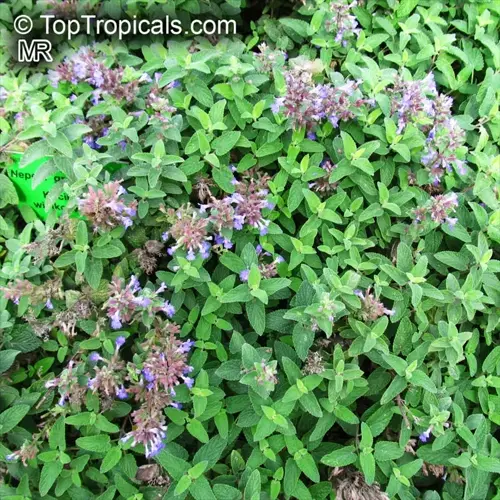Can I broadcast chamomile seeds?

Written by
Tina Carter
Reviewed by
Prof. Charles Hartman, Ph.D.Whether you're utilizing chamomile seeds through broadcasting, this is an effective way to cover large areas with minimal labor. After the last frost of spring and soil temperatures of 60°F, you can scatter seeds. Take the time to smooth the soil by raking, removing rocks and debris, for the perfect seedbed. This method closely mimics nature's reasoning to promote good germination.
Soil Preparation
- Remove weeds and break up top 2 inches of soil
- Mix seeds with sand for even distribution (1:4 ratio)
- Rake lightly creating shallow soil contact
Moisture Management
- Water with fine mist nozzle to prevent washing away
- Cover with burlap during heavy rain periods
- Maintain consistent dampness until germination
Germination Monitoring
- Watch for sprouts in 7-14 days
- Identify true leaves before thinning
- Protect seedlings from birds with netting
Thinning Protocol
- Thin to 8-inch spacing when second leaves appear
- Use scissors to cut unwanted seedlings
- Transplant extras to fill gaps
Light exposure is critical because chamomile seeds depend on sunlight to germinate. You can gently press your seeds into the soil, rather than planting them by burying them. I walk on top of the seeded area with flat-soled shoes to make sure the seeds are in contact with the soil. If seeds are covered with soil, this blocks them from light and dramatically lowers their germination rate. Morning sun is perfect light exposure.
Keep consistent moisture with fine mist spraying twice daily. Do not water too heavily, as this can displace seeds and create clumps. During periods of dryness, cover seeded areas with floating row covers to retain humidity. I will check the soil dampness by touching the surface before each watering.
To maintain healthy growth, thinning seedlings avoids overcrowding. Once plants reach a height of 3 inches, thin to 8-inch spacing using scissors, overcrowded plants will compete for nutrients, leading to fewer flowers. Snip the seedlings off and transplant the cilantro seedlings to another location or extend the current location of your chamomile patch.
Broadcasting is particularly suitable for German chamomile types that reseed naturally. Roman types, which propagate through roots, make broadcasting less viable. It is certainly a hybrid of broadcasting and spot planting; the plants grow in ponded areas and will flower densely. This can create a backdrop of beautiful chamomile meadows in a short time.
Read the full article: How to Grow Chamomile: A Complete Guide

